The island metropolis of Montreal prides itself on being Canada’s most eclectic and cosmopolitan city, a city of style and elegance with a cracking culinary scene, impressively bilingual and where arts and culture shine. All of this is wrapped within the venerable bones of a heritage-proud city where the past and present overlay each other. It shivers through winter but shines in summer, with locals flocking to the patio bars and cafes that festoon Montreal with fabled al fresco exuberance.
If you’re a newbie to Montreal, a great starting point to get acquainted with this multifaceted city is down in Place Royale at the Museum of Archaeology and History (Pointe-à-Callière Museum.) Hop in the lift and head underground to the foundations of the city’s original French settlement of the 1640s. Revealed in 1989 following an archaeological dig, this striking museum has preserved the foundations, walls and unearthed artifacts of the 17th century settlement, all brilliantly illuminated.
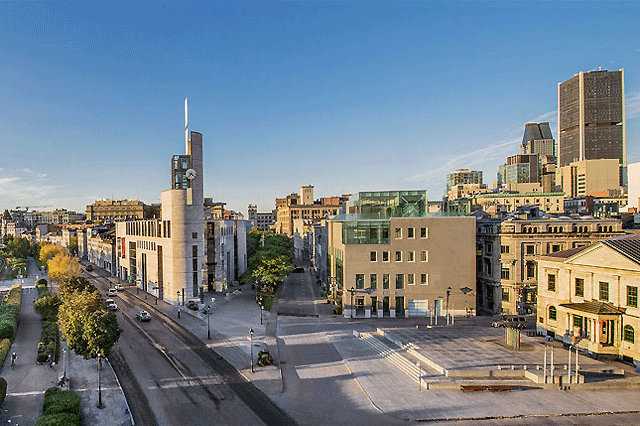
Before wandering through the remains of the six buildings, a stirring multi-media show whisks you through a potted history of Montreal’s development, its highs and lows over 375 years. It’s a dramatic, poignant and uplifting narration of the city’s back-story, artfully produced as a gripping entertainment spectacle. Place Royale is situated in Old Montreal’s port district (Vieux-Port De Montreal) gracing the banks of the St. Lawrence River.
Serious coin has been lavished on transforming the port district in recent years, into a premier recreation promenade for strolls and bike rides, studded with an array of trendy waterfront eateries and attractions, like a London Eye-style observation wheel. Founded by the French in 1642, the cobbled harbourside area of Vieux-Montreal stretches back from the river for about eight blocks, with hundreds and hundreds of magnificently preserved heritage buildings, criss-crossed by cobbled lanes on which horse-drawn carriages clatter by.
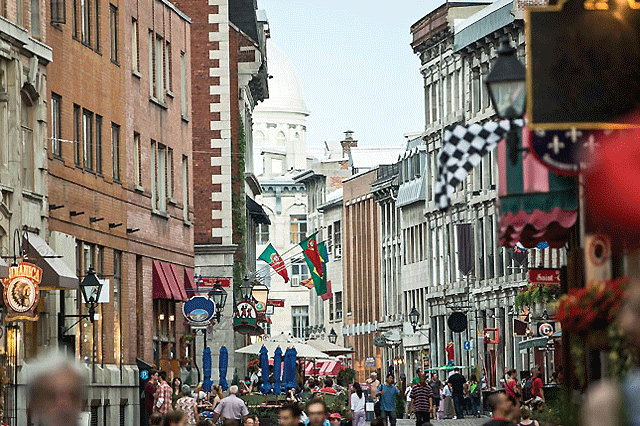
Brimming with sidewalk cafes, bistros, boutiques and buskers, you don’t need to meander for long before feeling architecturally drunk. If you’re short on time, the most spectacular street that will charm the pants off you is Rue St. Paul. Also unmissable is Place d’Armes, Montreal’s historic public square, anchored by Canada’s blockbuster cathedral, Notre-Dame Basilica. Designed by a protestant architect, James O’Donnell, in 1824, the story goes that he was so exhilarated by his finished product that he converted to Catholicism.
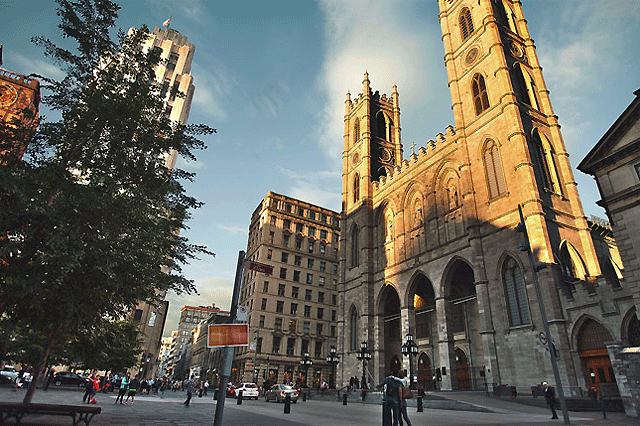
This soaring Gothic Revival confection, which can house 3200 worshippers, is adorned with intricate statues and tranquil chapels. Most importantly, it’s where Celine Dion got married in 1994. The square is flanked by some other masterpiece structures – my favourite being the Aldred Building, which was Montreal’s first skyscraper. It uncannily resembles the Empire State Building and was completed about the same time.
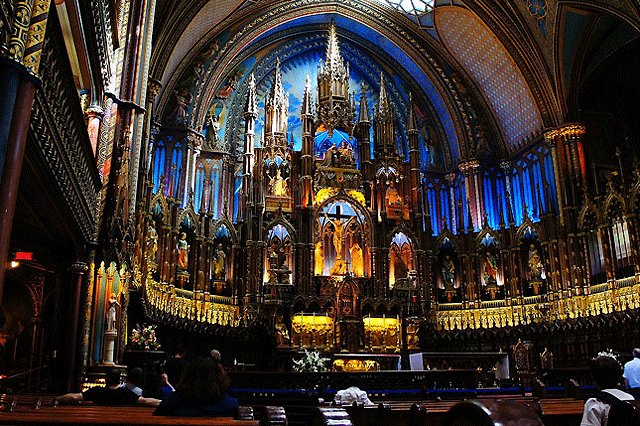
I took to the water on AML’s sightseeing cruise, which provides superb skyline views as you drift along the storied St. Lawrence River. You’ll pass by St. Helen’s Island which was the site of Expo 67, and where many expo landmarks still linger. The USA’s expo pavilion was a geodesic dome, like Florida’s Epcot. It’s now home to the Biosphere Museum. You’ll also pass La Ronde, the staggering amusement park built for Expo 67 and still beloved by Montrealers.
There’s a swag of bone-shaking thrill rides include Le Monstre, the world’s highest wooden roller coaster. No thanks. If you’re visiting in July, La Ronde also hosts an annual International Fireworks competition, lighting up the skies with pyrotechnic panache, all month long. In honour of Montreal’s 375th birthday this year, the iconic Jacques Cartier Bridge, crossing the St. Lawrence, has been given a dazzling touch-up, with thousands of cutting-edge lighting connections wrapped around its ironwork.
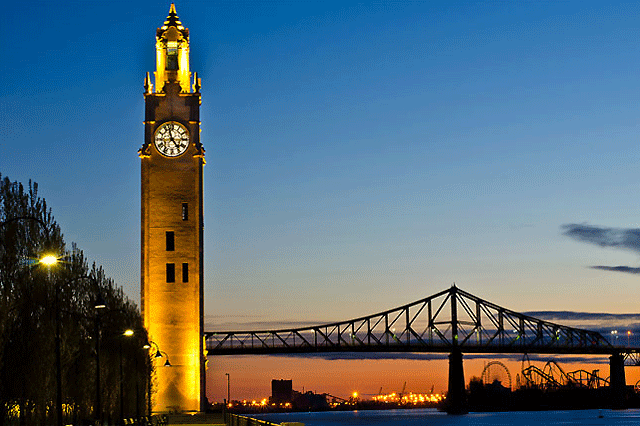
The innovative digital light show follows the seasons and has become a new nocturnal riverside draw. Further down the river, you’ll get a fantastic view of Montreal’s Olympic Stadium, one of the most expensive stadiums ever built in the world. Marred with constant design failures, the multi-billion dollar stadium, specifically commissioned for the Montreal Games, wasn’t actually completed until 1987, eleven years behind schedule.
Mont-Royal (Royal Mountain)backdrops downtown Montreal and this 760 foot hill literally gave rise to the city’s name. Draping much of this lofty mound is Parc du Mont-Royal, a sprawling green space clad in oak, maple and poplar trees. This beloved urban oasis, which offers great respite from the concrete jungle and summer humidity, was designed in the 1840s by Frederick Olmsted, the same fella responsible for New York’s Central Park.
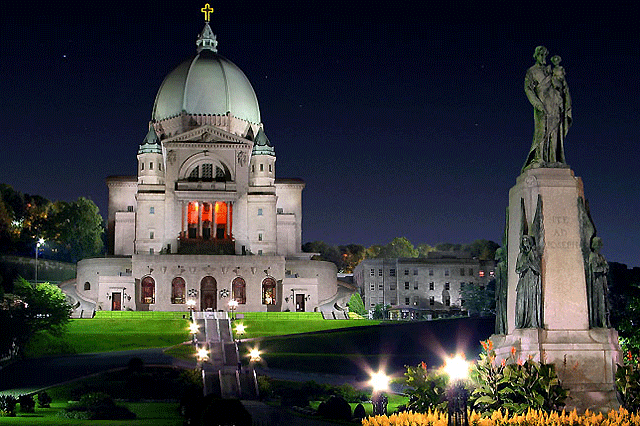
Two cemeteries sit along the northern slope, one of which is traditionally English Protestant while the other is French Catholic, emblematic of the city’s dual strands. Also worth a look is the sacred dome of St. Joseph’s, perched at the summit of Mont-Royal.
Pilgrims believe their prayers will be answered by climbing the 99 steps to the basilica, on their knees. Alternatively, there’s a shuttle that can zip you up to the summit. Divine intervention, not included. In a city brimming with ostentatious churches, one of my favourites Cathédrale Marie-Reine-du-Monde. (Mary Queen of the World Cathedral)
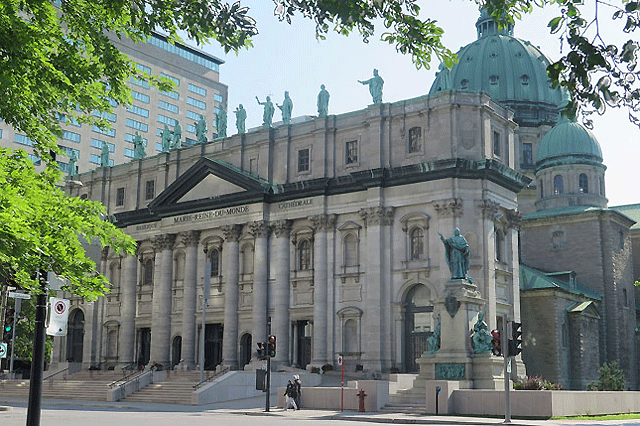
Adjacent to the Fairmont The Queen Elizabeth, if the exterior looks familiar, it could well be because this glorious church is a quarter-scale replica of St. Peter’s Basilica in the Vatican – complete with a faithful reproduction of Bernini’s ornate altar canopy. www.mtl.com

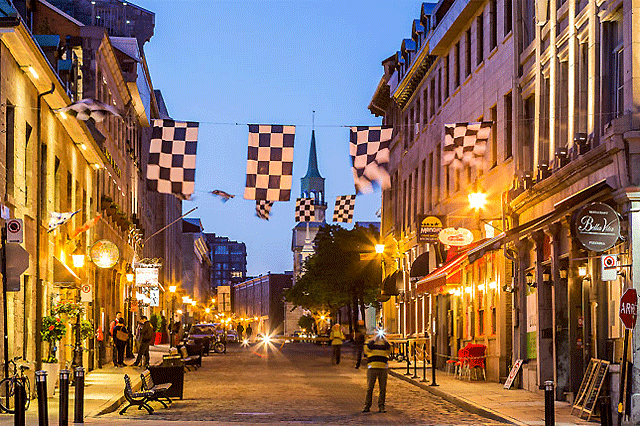
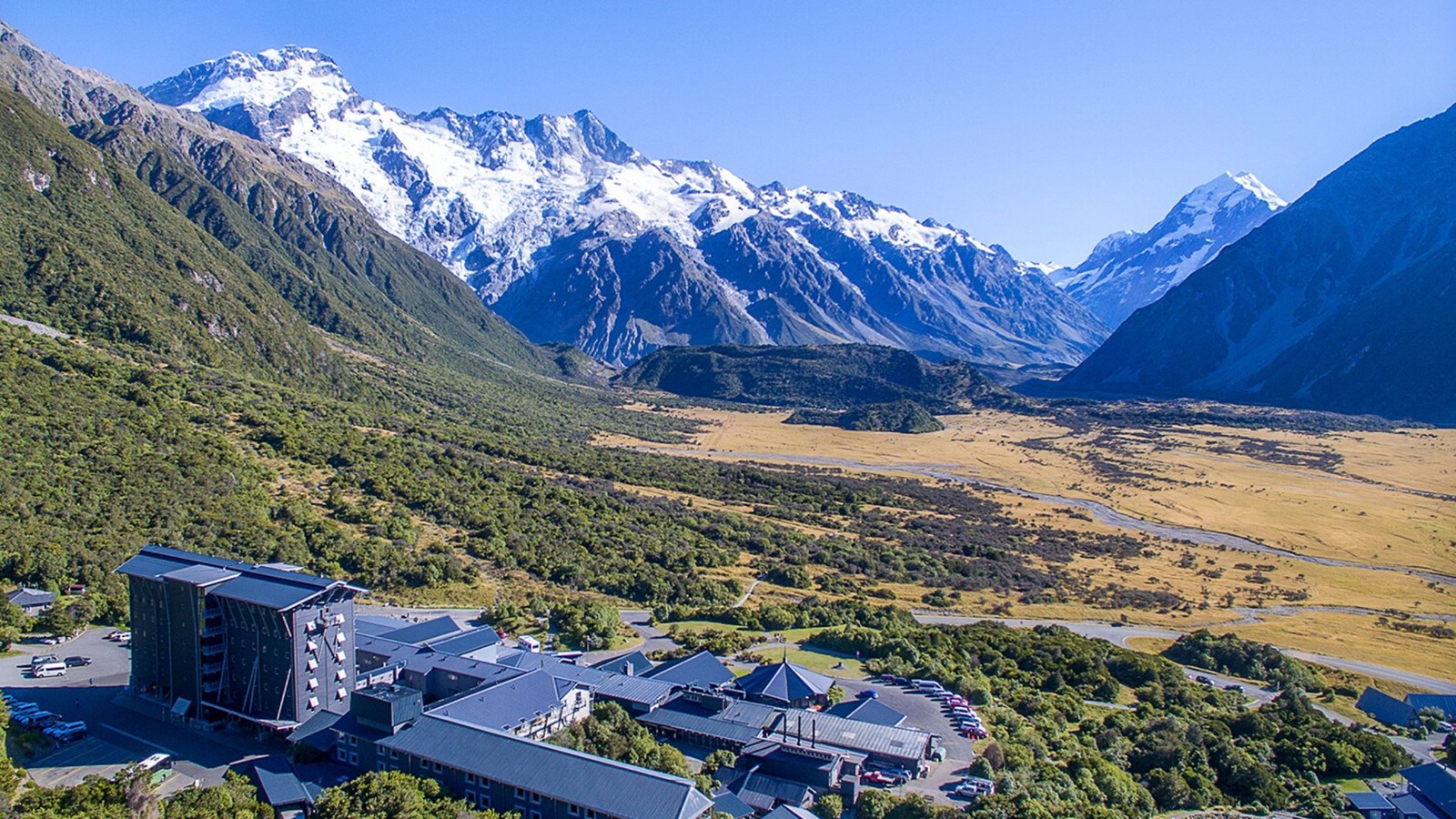

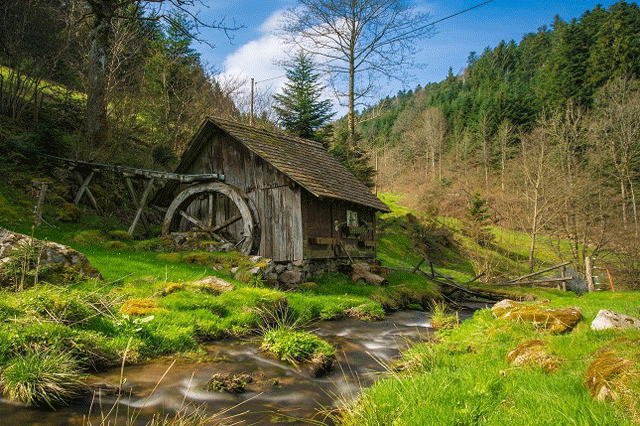
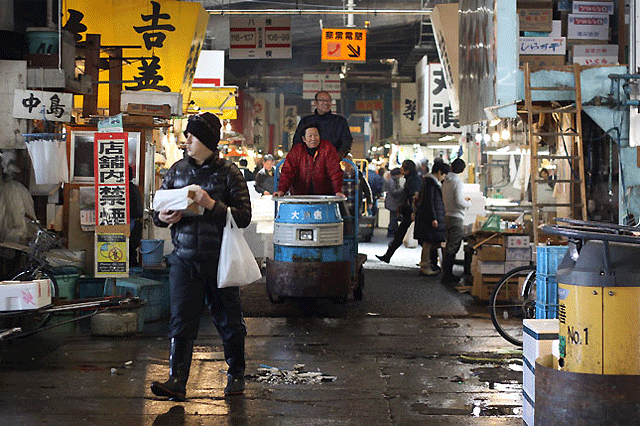


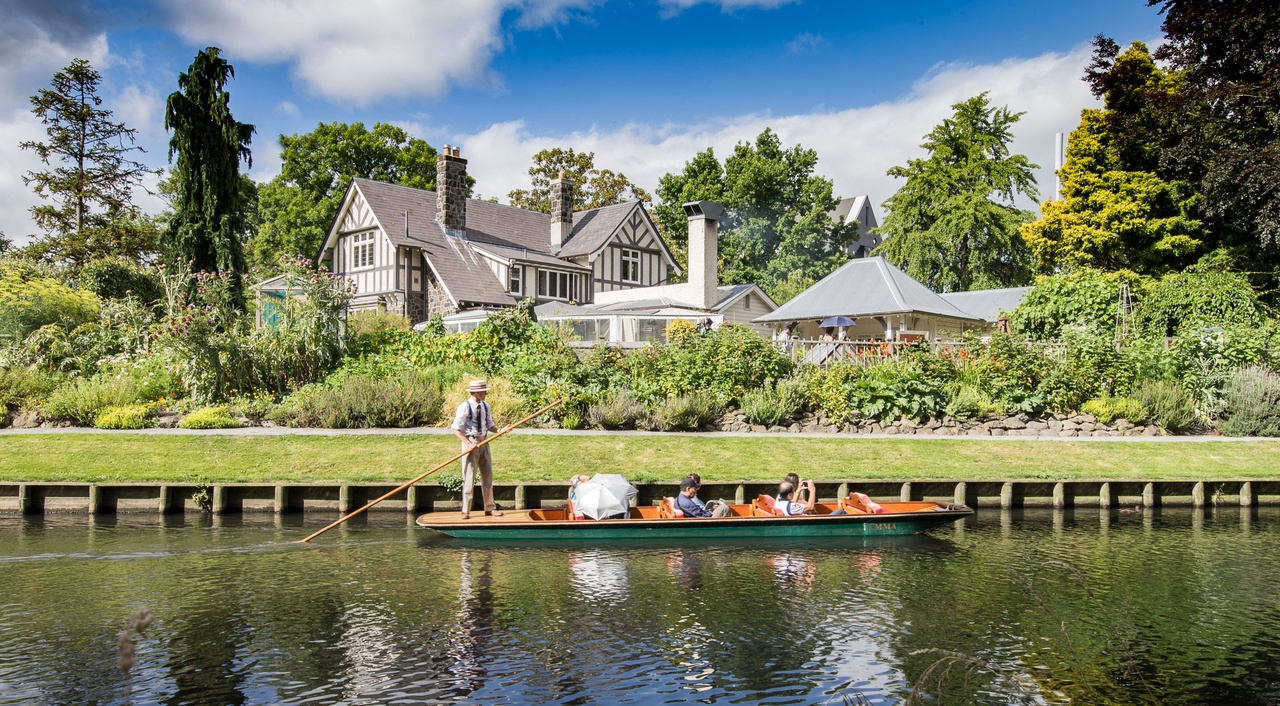
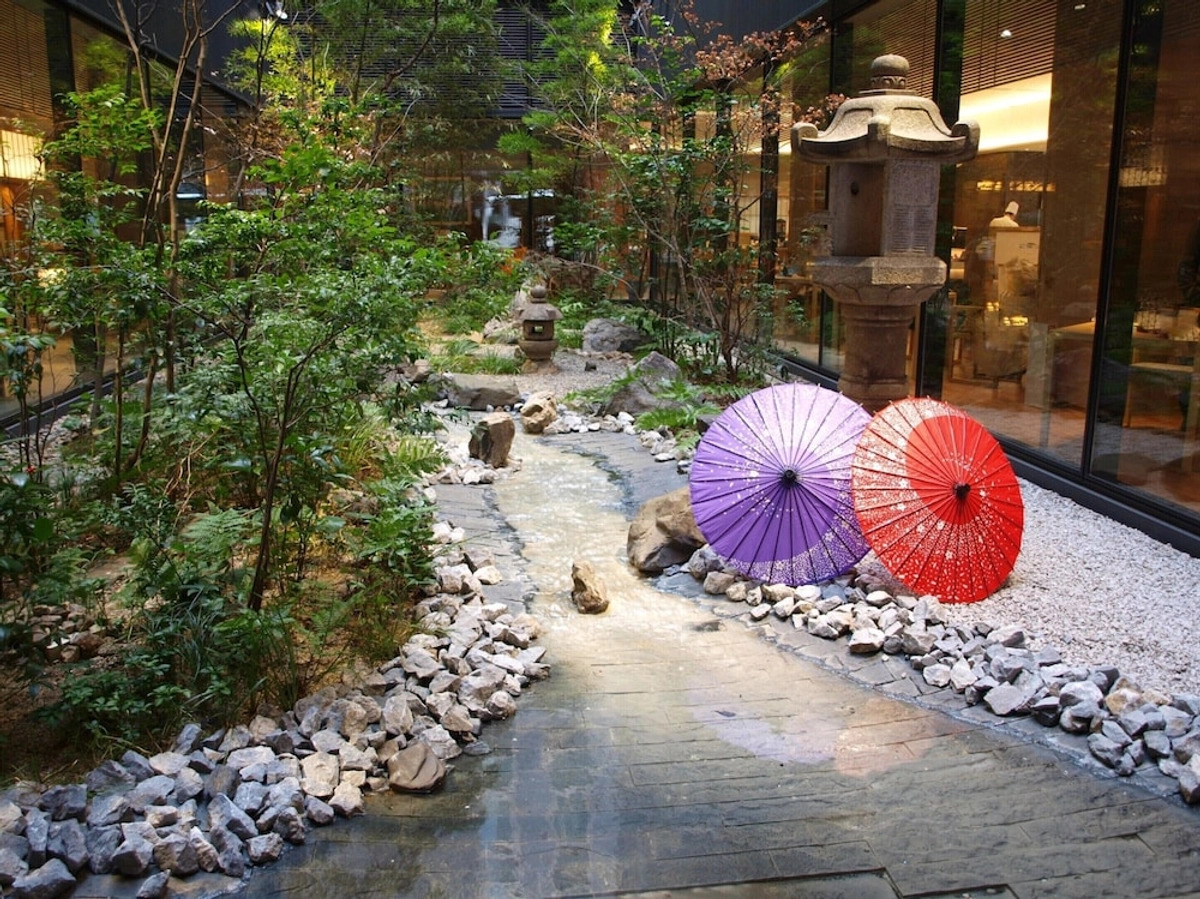



Recent Comments